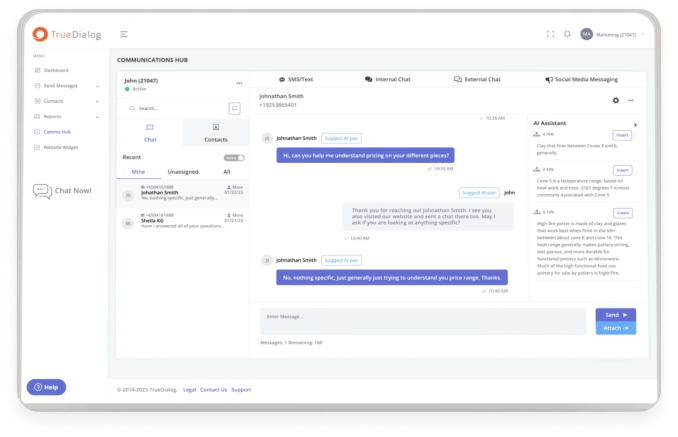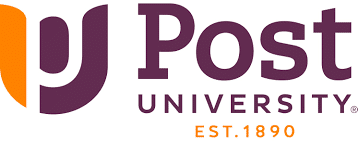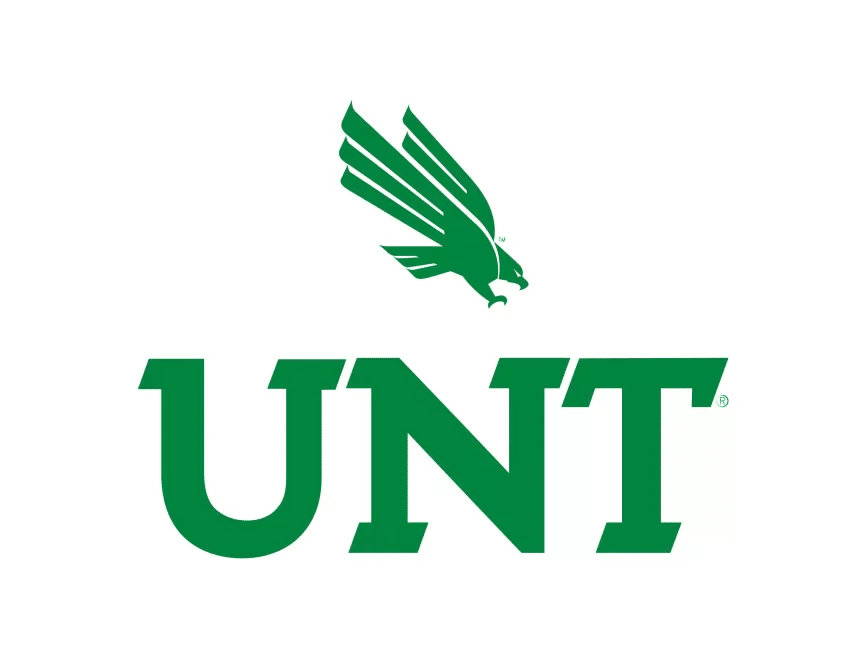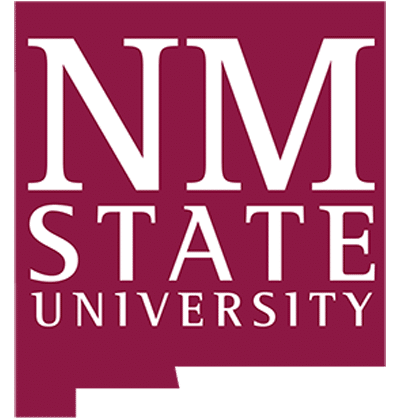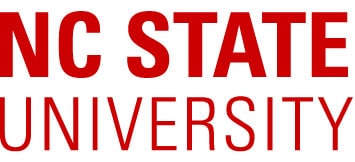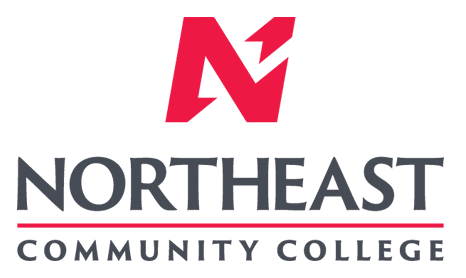SMS Text Messaging for Colleges & Universities
Reach students where they are – on their phones
Our text messaging solution is built through years of collaboration with customers in the some of the largest colleges & universities.
Request a Demo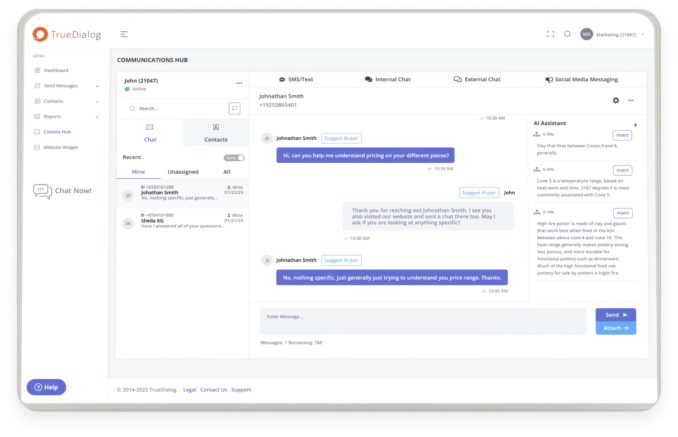
Reach Every Student, Every Time
TrueDialog’s Enterprise SMS Solution elevates campus communication beyond email.
Securely reach students anytime, anywhere, with instant alerts, targeted messaging, and personalized support.
Set up in minutes. Add and change user accounts with our drag-and-drop account tree.
Loved by colleges and universities nationwide. Experience the transformative power of a unified SMS communication platform and watch your campus community thrive.

Boost Enrollment, Student Communications, and Alumni Engagement
Elevate engagement and retention with SMS by delivering timely, personalized messages that matter.
From application reminders and acceptance updates, to tailored retention offers and event notifications, SMS helps you connect with your students in meaningful ways.
Collect feedback, drive donations, and keep communication relevant through smart audience segmentation.

See TrueDialog in Action
Discover how our SMS platform unifies campus communications and drives student engagement.
Request a Demo